
Description
Applications supporting navigation in large networks are used every days by millions of people. They include road map navigators, high route visualization systems, and network visualization systems using node-link diagrams. These applications currently provide generic interaction methods for navigation: pan-and-zoom and sometimes bird’s eye views.
This project explores the idea of exploiting the connection information provided by the network to help navigate these large spaces. We visually augment two traditional navigation methods, and develop two special-purpose techniques. The first new technique, called “Link Sliding”, provides guided panning when continuously dragging along a visible link. The second technique, called “Bring & Go”, brings adjacent nodes nearby when pointing to a node.
We have compared the performance of these techniques in both an adjacency exploration task and a node revisiting task. This comparison illustrates the various advantages of content-aware network navigation techniques. A significant speed advantage is found for the Bring & Go technique over other methods.
Article
T. Moscovich, F. Chevalier, N. Henry, E. Pietriga, J.-D. Fekete, Topology-Aware Navigation in Large Networks, CHI '09: Proceedings of the SIGCHI conference on Human Factors in computing systems, pages 2319-2328, April 2009, Boston, USA
Our paper has been featured on the AT&T Research GraphViz's website.
Video
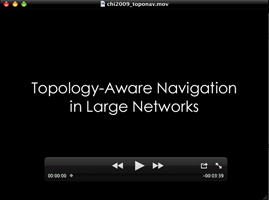
Download full resolution video (Quicktime, 28MB)
Short sequences (wmv)
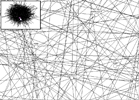 | 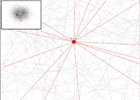 |  |  | 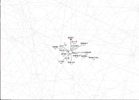 |
| Pan and Zoom | Pan and Zoom + highlighting | Birds' Eye 1 | Birds' Eye 2 | Bring n'Go |
 |  | 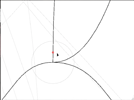 | 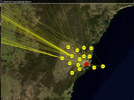 | 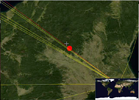 |
| Link Sliding | Link Sliding Selection | Link Sliding with bundles | Link Sliding Plane Routes | Bring n'Go Plane Routes |
Graph Visualization Tools using Bring n'Go and Link Sliding
 |  |
| ZGRViewer | Tulip |
Contact
- Tomer Moscovich - INRIA
- Fanny Chevalier - INRIA
- Nathalie Henry - INRIA
- Emmanuel Pietriga - INRIA
- Jean-Daniel Fekete - INRIA

